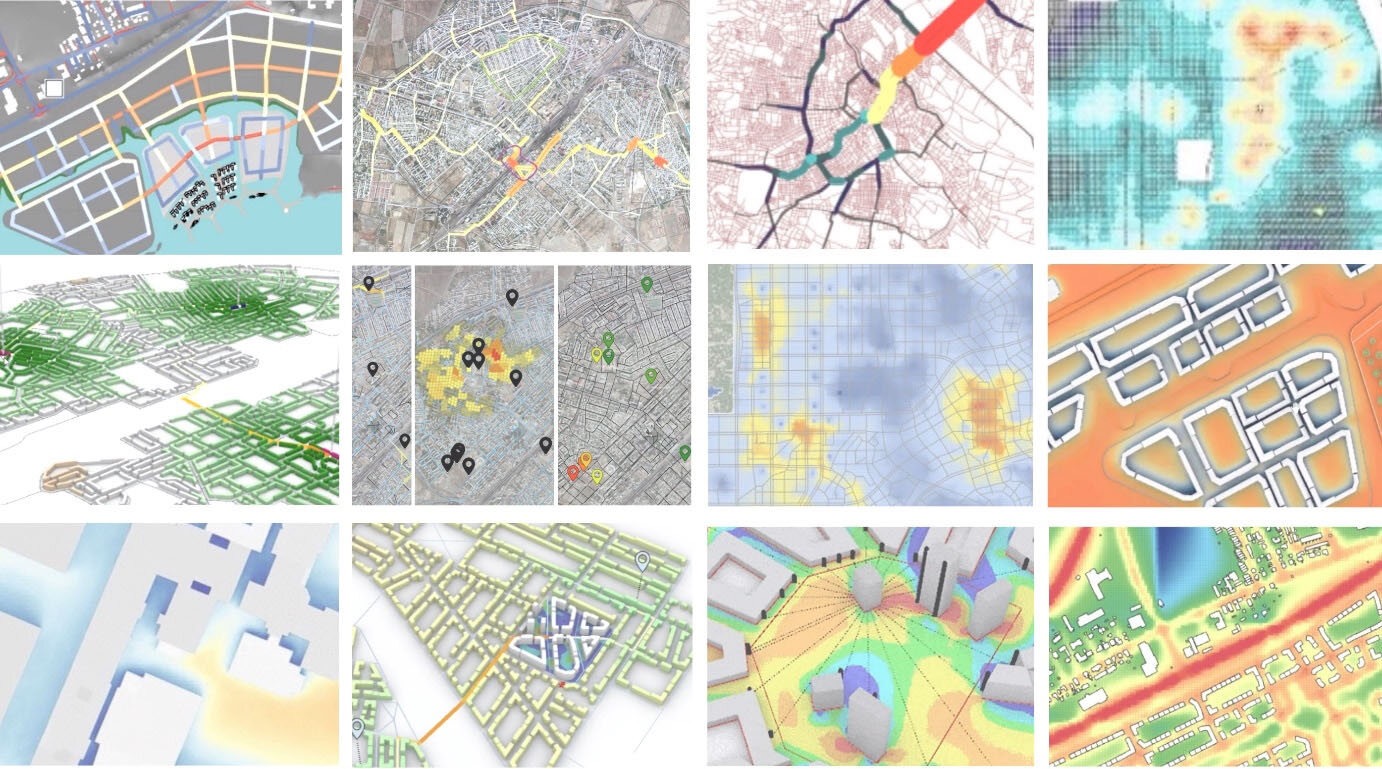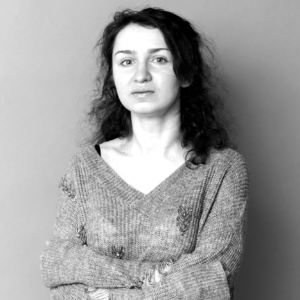
Photo Credits: City Intelligence Lab, Austrian Institute of Technology
Description
Artificial intelligence (AI) has permeated almost all facets of our digital and physical world. By now, it is a rarity to find an aspect of our day?to?day lives that has not been somehow influenced by an AI? driven technology. Even within the built environment, an industry that is known for its sluggish uptake of new technology, AI has been applied towards detecting anomalies in city?wide datasets, generating and optimising urban morphologies, increasing the speed of onerous urban?scale microclimate simulations.
AI in the Built Environment focuses on practical applications of AI in architecture and design. Through method?driven pedagogies, this seminar is aimed to equip students with a basic understanding of AI and machine learning and their application to design. Students learn to identify problems amenable to AI?driven intervention, use and fine?tune AI models to gain hands?on intuition about hyperparameter tuning, and build micro apps to deploy AI models in the cloud. Throughout the seminar, we cover a range of different machine learning and deep learning models ranging from clustering and classification to generative AI and large language models and present different ways to integrate models into practical workflows.
Learning Objectives
The seminar starts with a brief introduction to AI and machine learning and an overview on major breakthroughs in the field throughout the last few years. Next, we give a dense input of selected ML/DL models including examples of their application in practice.
Specifically, we highlight three different approaches to access and use ML models, along with each approach we will introduce one ML model in more detail and use it as an example case.
Finally, the students will be able to deploy their own micro?ml?app online using Hugingface Spaces.









